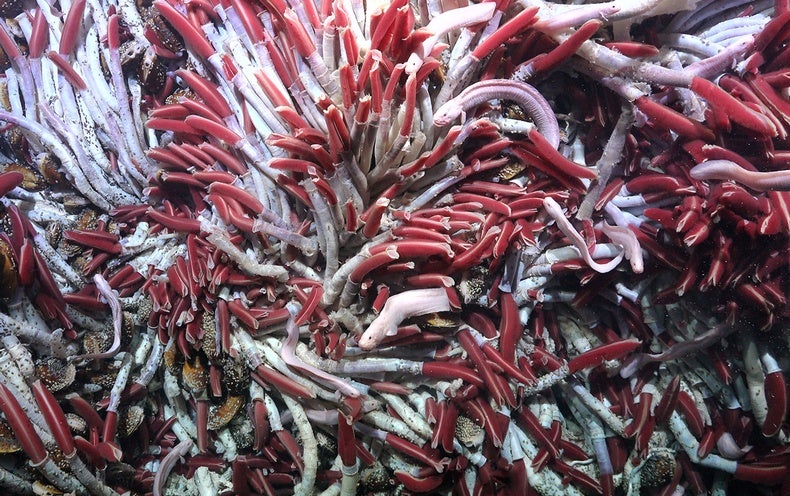
Between 2016 and 2018, physicists recorded more than 100 rare, unstable hypernuclei – atomic cores that contain an unusual flavor of quark in one of their nuclear particles.

Scientists have successfully induced rhabdomyosarcoma cells to transform into normal, healthy muscle cells. It's a breakthrough that could lead to similar breakthroughs for other types of human cancers.

In two separate cases, scientists have successfully used brain implants and machine learning to give patients back their voice after theirs was taken.

Scientists have taken an important step forward in understanding the human genome - our genetic blueprint - by fully deciphering the enigmatic Y chromosome present in males, an achievement that could help guide research on infertility in men.

Fossils from La Brea Tar Pits in Southern California suggest that sabertooth cats and other large North American mammals disappeared as a result of wildfires spurred by human activity.

Humans have been making symbols for numbers for thousands of years. Different cultures developed their own symbols, but all use addition and multiplication, suggesting arithmetic is a universal truth.

The Deniliquin structure spans up to 520 kilometres in diameter. This exceeds the size of the near-300km- wide Vredefort impact structure in South Africa, which to date has been considered the world's largest.

We’ve known about the vents above for a long time, but this is basically a completely new ecosystem below.

The scientists hope the breakthrough is the start of a new era. Though this experiment was performed with simple, two-atom molecules, they plan to work their way up to handling larger and more complex molecules.

Technique could replace current systems that rely on vapour compression of powerful greenhouse gases.

Deep beneath the soil of a Massachusetts forest, an international team of researchers has uncovered a multitude of mysterious, gigantic viruses of unprecedented ecological diversity.

US scientists have observed metal cracking and fusing back together, in a discovery that could pave the way for self-healing machines, vehicles and bridges.

Scientists described how pieces of pure platinum and copper spontaneously healed cracks caused by metal fatigue during nanoscale experiments that had been designed to study how such cracks form and spread in metal placed under stress.

Space propulsion company Pulsar Fusion has started construction on what it claims is the largest practical nuclear fusion rocket engine ever built.

The study suggests that gaining insights into how the spirals are related to cognitive processing could significantly enhance our understanding of the dynamics and functions of the brain.